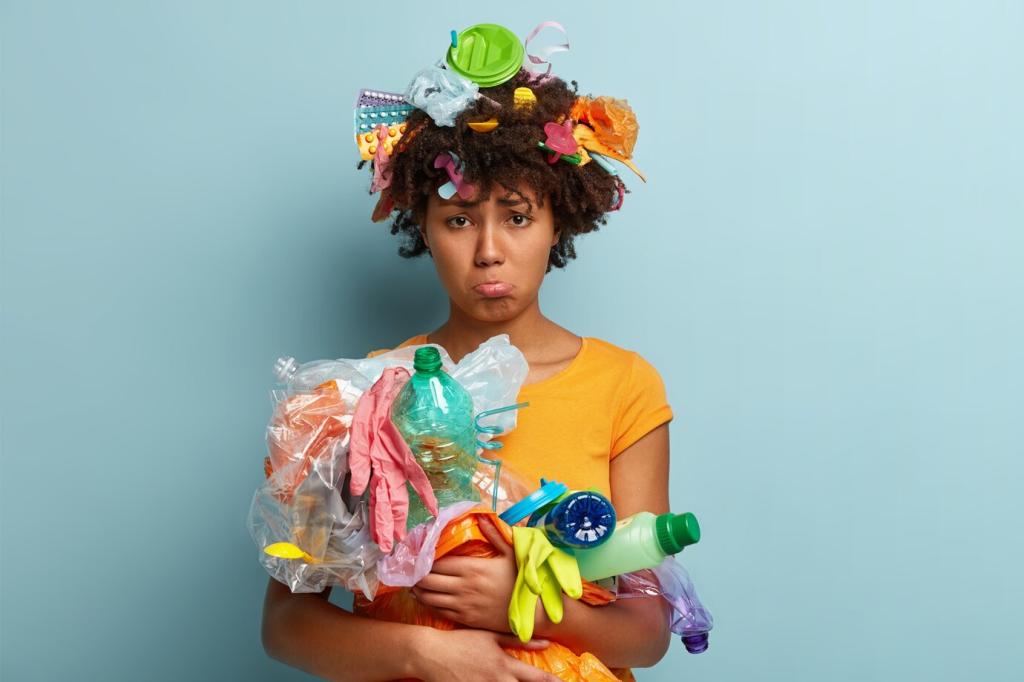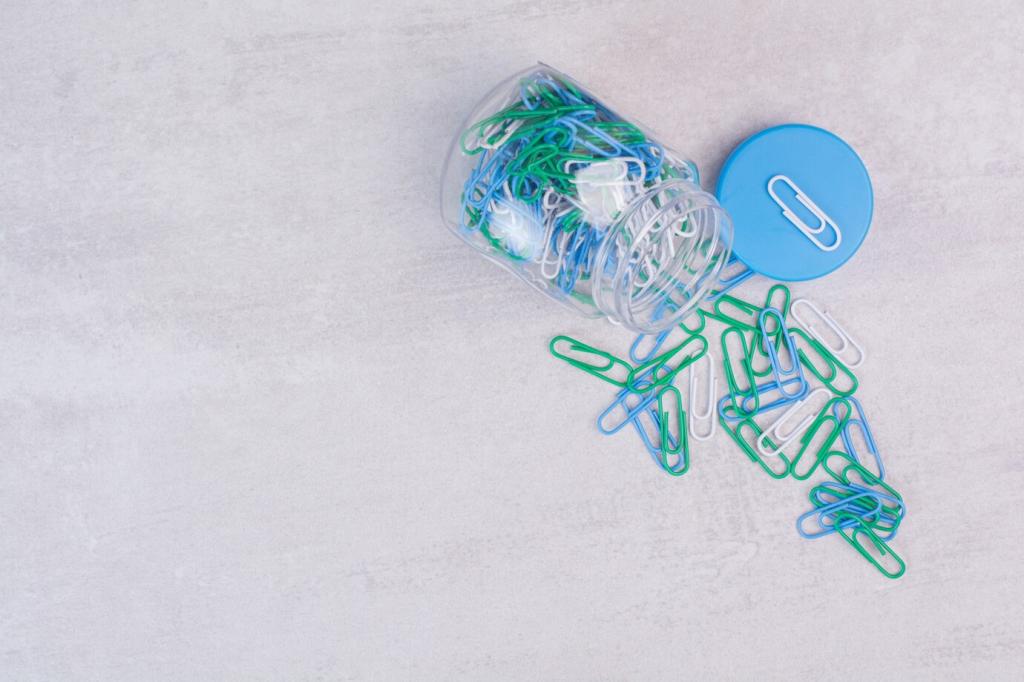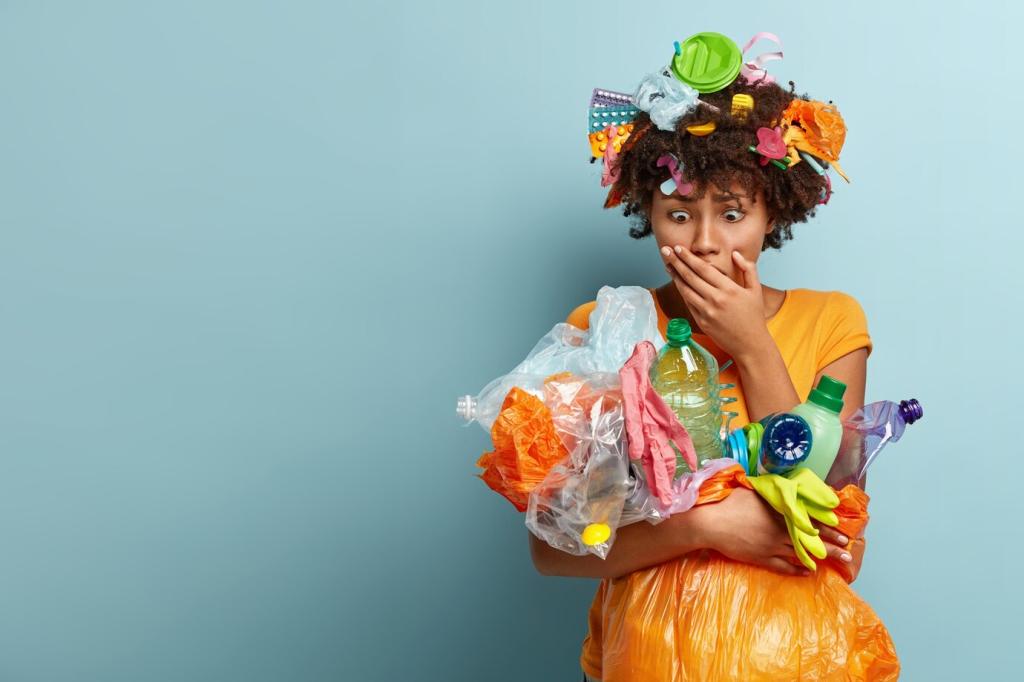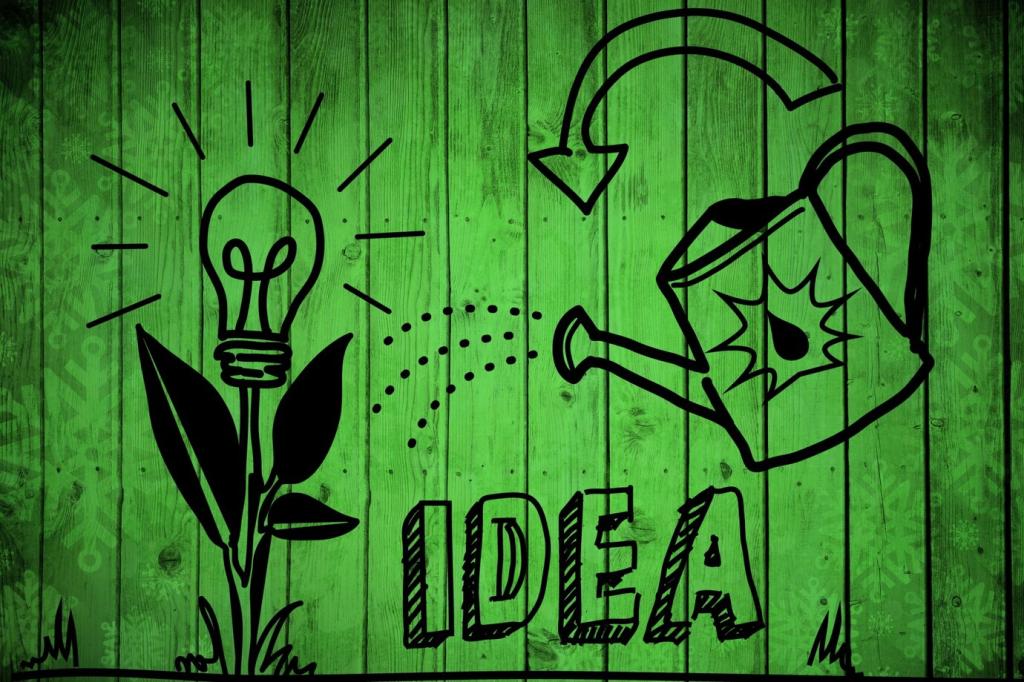Revive Your Home: Furniture Upcycling Techniques
Chosen theme: Furniture Upcycling Techniques. Welcome to a space where tired tables, wobbly chairs, and overlooked cabinets earn a second act. Learn practical methods, creative finishes, and soulful storytelling to transform castoffs into heirlooms. Share your projects, subscribe for weekly tips, and join a community that celebrates sustainable style.






Preparation and Safety Fundamentals
Start with degreaser or diluted TSP to lift grime. Test existing finishes with denatured alcohol before choosing stripper or sanding. Work in stages, finishing with fine grits. Proper prep anchors Furniture Upcycling Techniques, preventing peeling and promoting silky, lasting results.
Preparation and Safety Fundamentals
Wear gloves, eye protection, and a respirator rated for particulates and fumes. Ventilate generously. Use lead-test kits on pre-1978 paint. Keep a clean, organized workspace. Safety lets your creativity breathe while ensuring Furniture Upcycling Techniques remain responsible and worry-free.
Surface Techniques: Paints, Stains, and Textures
01
Apply a darker base, then a lighter top coat. Gently distress edges and high-touch areas for authentic wear. Seal with clear or colored wax. These Furniture Upcycling Techniques produce depth, character, and a touchably soft, timeworn elegance that feels curated.
02
Water-pop the wood for richer absorption, then use gel stains for even color or dyes for vibrancy. Finish with Danish oil or hardwax oil for low-sheen protection. These Furniture Upcycling Techniques showcase grain while balancing durability and tactile warmth.
03
Blend saltwash into paint for coastal, windswept texture that hides minor flaws. Try limewash for mineral-matte depth on open-grain woods. Seal appropriately. Texture-focused Furniture Upcycling Techniques add sculptural dimension without overwhelming the furniture’s original character.
Joinery, Hardware, and Functional Upgrades
Reinforce mortise-and-tenon with hide glue when appropriate, add dowels or biscuits where invisible, and use pocket screws discreetly. These Furniture Upcycling Techniques protect architectural lines while ensuring the piece survives everyday use gracefully and reliably.
From Dresser to Bathroom Vanity
Cut a clean opening for plumbing, reinforce the top, and seal interiors against moisture. Shorten drawers for pipe clearance. With Furniture Upcycling Techniques, a dated dresser becomes a statement vanity that marries nostalgia, storage, and spa-like charm.
Turning an Old Door into a Dining Table
Back the door with a sturdy substrate, add apron and legs, fill panels thoughtfully, and top with tempered glass. These Furniture Upcycling Techniques preserve architectural history while creating a welcoming table for gatherings, laughter, and lingering conversations.
Pallet to Entryway Bench with Storage
Select heat-treated pallets, disassemble, plane, and join carefully. Add a hinged seat with cubbies for shoes. With mindful Furniture Upcycling Techniques, humble materials evolve into a hardworking bench that greets every arrival with rustic warmth.
Finishing, Protection, and Long-Term Care
Choose water-based polyurethane for clarity over light colors, oil-based for warmth over dark stains, or wax for soft luster on chalk paint. These Furniture Upcycling Techniques balance protection, sheen, and feel to suit real-life wear patterns.
Dry is not cured. Respect manufacturer timelines for handling, light use, and full use. Good Furniture Upcycling Techniques include patience, preventing impressions, tackiness, or smudges that can haunt even the most beautiful transformation later.
Dust with microfiber, avoid harsh cleaners, and use coasters and felt pads. Refresh wax or topcoat when sheen dulls. Thoughtful Furniture Upcycling Techniques ensure your revived pieces age gracefully and become part of daily rituals worth remembering.
